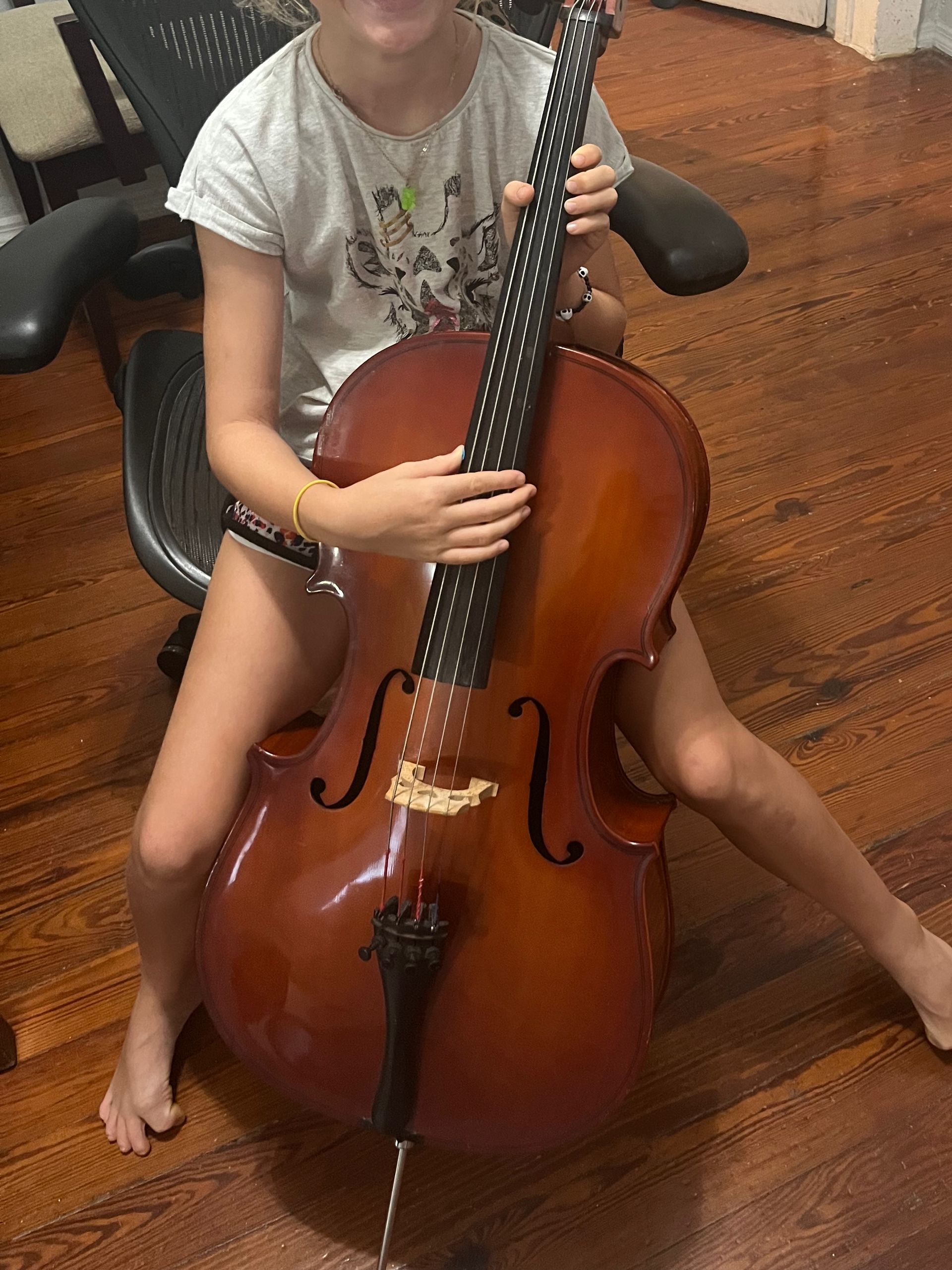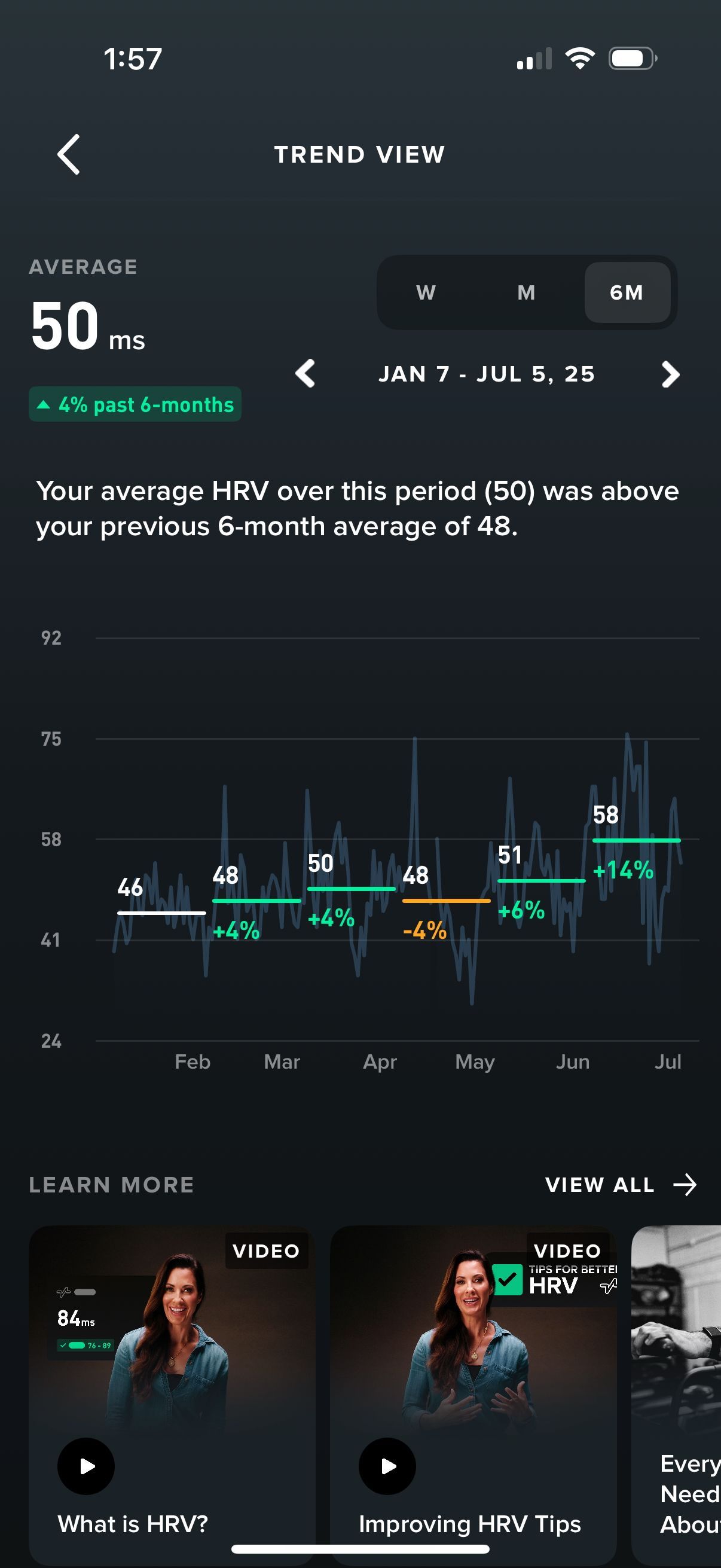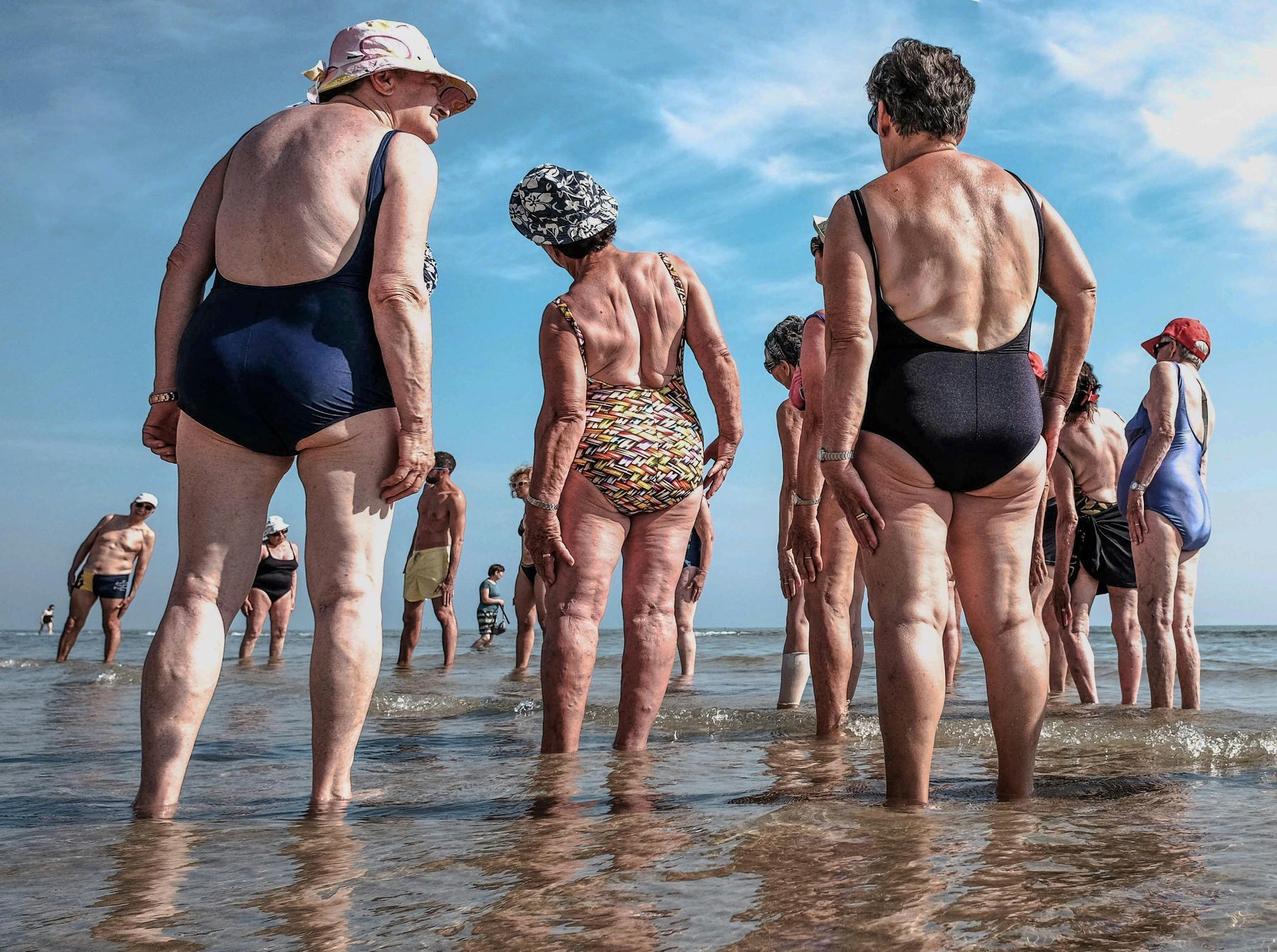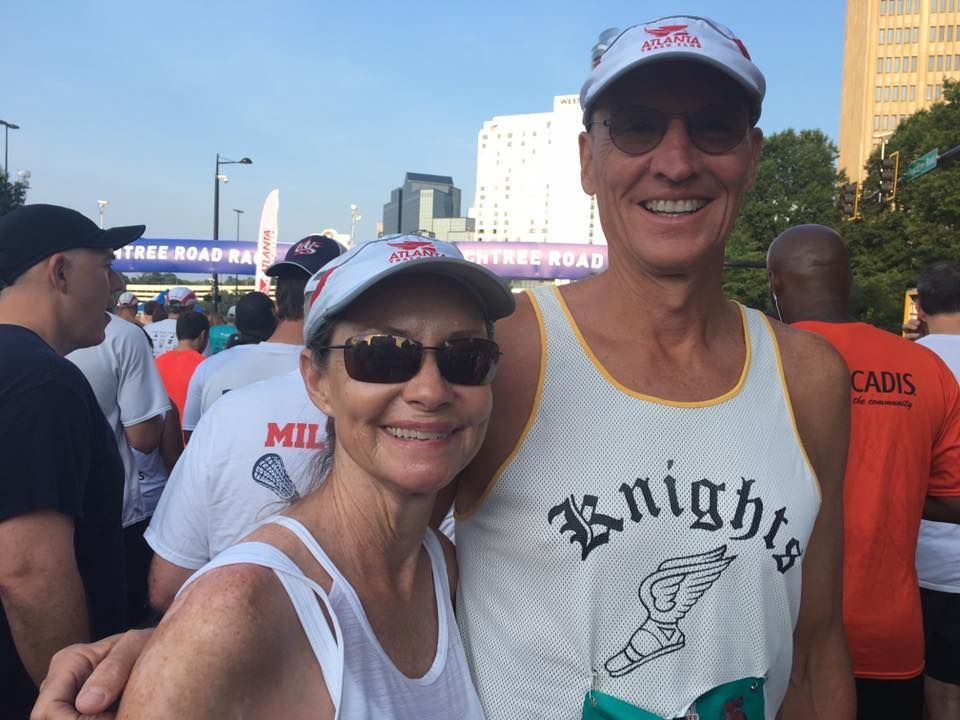The Myth of Balance: Why Living in Extremes Might Actually Keep You Saner
Everyone talks about balance like it’s the ultimate life goal. Work-life balance. Balanced diets. A balanced mindset. It’s everywhere. But lately, I’ve started to question whether “balance” is actually the answer—or just a comforting illusion we tell ourselves when we’re overwhelmed by how messy life can be.
Because here’s the thing: trying to keep everything in perfect balance all the time can feel like walking a tightrope in a windstorm. It's exhausting. What if, instead of aiming for moderation in all things, we actually embraced the power of extremes? What if that was more sustainable, not less?
Let me explain.
We live in a world of chronic, low-grade stress. Emails that never stop. Notifications that buzz at all hours. A constant drizzle of minor demands. It doesn’t seem like much in the moment, but it adds up. We’re always “on,” and rarely truly off. That kind of background noise is draining in a way that a short, intense sprint of effort never is.
Think about it. An hour of focused, hard work followed by real rest feels a lot better than six hours of half-working, half-scrolling, half-existing. We’re not built for constant “meh.” We’re built for peaks and valleys.
This is why the concept of oscillation—cycling between extremes of intensity and recovery—makes so much sense. It’s not about chaos. It’s about rhythm. And our bodies and brains love rhythm.
Take HIIT workouts, for example. You go hard for 30 seconds, rest, repeat. That contrast is what makes the exercise effective. The same goes for fasting. Constant grazing keeps insulin high and the body sluggish. But extended breaks between meals can give your metabolism time to reset and repair.
Then there’s heat and cold exposure. It’s not just wellness hype—subjecting your body to temperature extremes can be surprisingly good for you. Most of us live at a constant 72 degrees, in climate-controlled comfort. But that comfort can come at a cost. Our nervous systems get soft. Our stress response systems grow dull. And our bodies lose some of the adaptability that kept our ancestors resilient and ready.
Extreme cold and extreme heat challenge the body in powerful ways. Cold exposure, like ice baths or cold showers, activates brown fat (which helps regulate temperature and burn energy), improves circulation, and floods the brain with norepinephrine—a neurochemical that boosts focus, mood, and mental clarity. It’s also been shown to reduce inflammation and improve tolerance to psychological stress. You come out of the cold not just awake, but alert, calm, and grounded.
On the flip side, heat—like time in a sauna or even hot yoga—induces its own cascade of benefits. Prolonged heat exposure mimics cardiovascular exercise, increasing heart rate and improving blood flow. It stimulates the production of heat shock proteins, which help repair damaged cells and support cellular longevity. Regular sauna use has been linked to reduced risk of cardiovascular disease, lower inflammation markers, and even improved cognitive function over time. Mentally, heat exposure can create a kind of meditative discomfort—it forces you to stay present and breathe through the intensity, much like cold.
Together, hot and cold exposure create a dynamic stress cycle. The extremes force adaptation. You’re teaching your body and brain that it’s safe to feel uncomfortable, and that discomfort can be followed by recovery. That’s powerful. It builds both physical resilience and mental grit—something that’s hard to cultivate when we’re always nestled in the comfort zone, literally and figuratively. Moderation might be safe, but extremes are where growth lives.
And this goes beyond the physical. Look at relationships. We're encouraged to maintain a “healthy social circle,” which often translates into spreading ourselves thin across dozens of surface-level connections. But what we really crave—what actually sustains us—is depth. The kind of conversations that last for hours. The kind of trust that’s built through shared hardship and joy. You don’t get that from balance. You get it from choosing intensity with a few, not moderation with many.
Even emotionally, the most meaningful moments aren’t balanced. They’re deeply felt. Falling in love isn’t balanced. Grieving someone you lost isn’t balanced. Creating something you care about isn’t balanced. It’s all-consuming. And while it can be messy and overwhelming, it’s also what makes life feel real.
There’s a Stoic undercurrent to this idea too. In Get Out of My Head, I talk about the dangers of living in a chronic state of mental tenancy—constantly reacting to others, living in moderation to avoid conflict or discomfort, and never really claiming ownership over our own minds. The Stoics weren’t about staying comfortable. They practiced hardship intentionally. Cold baths. Physical labor. Voluntary discomfort. They knew that growth required intensity, followed by calm reflection.
The same applies to modern life. When you’re constantly trying to keep everything in balance, you end up dulling your experience. You don’t give yourself permission to go all-in on anything, so you never really recover either. You just hover in this lukewarm zone of “pretty good,” which over time starts to feel more like “kind of numb.”
The irony is, when we embrace extremes—when we work hard and then truly rest, when we open ourselves to deep joy and deep grief—we often feel more stable overall. Because we’re not denying the reality of how we function. We’re working with it.
Sustainability doesn’t mean flatlining your emotions, your energy, or your experiences. It means fueling your life in waves. Going hard, then recovering hard. Showing up fully, then stepping back to recharge. That’s not reckless. That’s intentional.
Our ancestors lived this way out of necessity. They didn’t eat six small meals a day. They feasted when food was abundant and fasted when it wasn’t. They weren’t glued to a screen under fluorescent lights. They worked intensely when needed and rested deeply when they could. Their lives weren’t balanced, but they were aligned with the natural rhythms of survival.
And maybe that’s the real takeaway here. Balance sounds nice in theory. But in practice, what we need is rhythm. Tension and release. Intensity and rest. Depth and stillness.
So next time you feel off, instead of trying to even things out, maybe try leaning in. Sprint, then stop. Dive deep, then float. Push your limits, then give yourself space to recover. And trust that the extreme is not the enemy. It's the catalyst.
Not everything needs to be balanced. Some things are better lived in full. And when we stop chasing the middle and start owning our edges, life has a way of becoming more vivid—and maybe, just maybe, more sustainable.











